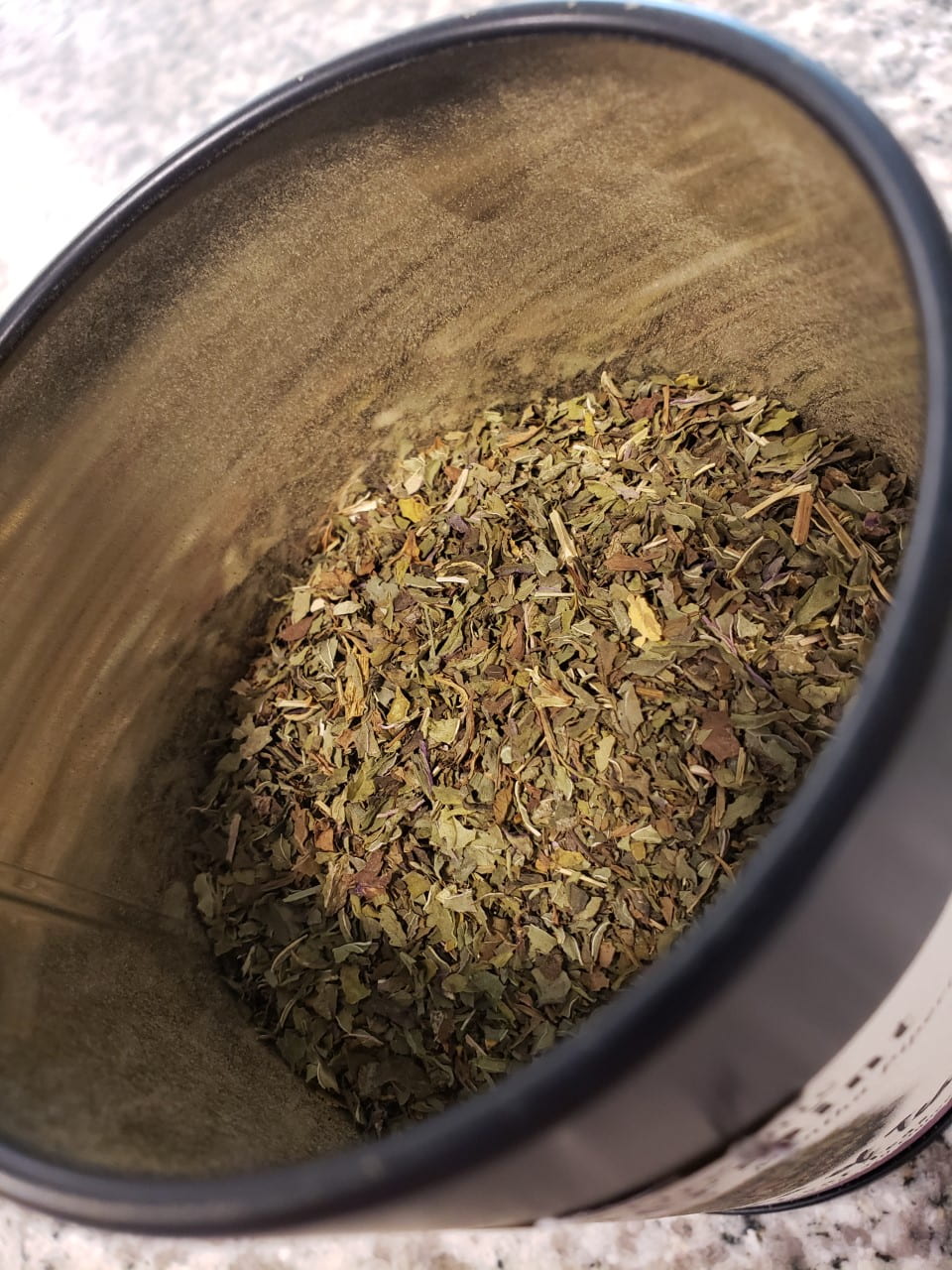Much like coffee, tea can be a bit overwhelming to get into. It’s not as simple as going into a tea shop, pointing at a random item on the menu and hoping you enjoy it. To avoid wasting money at expensive tea shops, you can go to a supermarket and buy different types of tea and additives to make at home. Doing this is sure to save you money and help you narrow down what types of tea you enjoy.
Get your teas and additives
To start off, go to your favorite grocery store and locate the tea aisle. Thankfully, tea isn’t very hard to find, so almost any store will do — Walmart, Target and Whole Foods all have great selections that won’t break the bank. Some malls also have specialty tea shops where they only sell different varieties of loose-leaf and bagged tea, but those may be a bit more expensive than the classic Lipton tea from Walmart. Regardless of where you purchase it from, you’ll want to get a few different types. The easiest types to find will likely be black tea, green tea and herbal tea. Each of these come in different varieties and flavors. It’s up to you to choose whichever you’d like. Popular additives for tea include milk, honey, lemon juice and sugar, so be sure to pick those up, too.
Get to know your teas and preferred temperatures
Different types of tea are supposed to be steeped at different temperatures and for different amounts of time. Usually, the box or label on the teabag will tell you the exact length of time and temperature to steep it at. If you don’t have a kettle that tells you the water’s temperature or has presets for different teas, you can just wait for the water to come to a boil and then let it sit for 45 seconds to a minute, depending on the tea. However, if you find that you don’t enjoy any of the teas when prepared “the proper way,” you can always begin to experiment.
You can start by heating the water up to different temperatures, leaving the teabag in for longer or shorter amounts of time. You can even use different types of water, such as tap, distilled or spring water. Warning: some tea leaves do become bitter and astringent when left steeping for too long, so be sure to taste the tea often to avoid ruining the cup. When experimenting with temperatures, it’s better to lower the temperature instead of raising it to avoid scorching the leaves. If you’re using loose leaf tea, you can also try adding more tea leaves for a stronger flavor.
Additives
As for additives, you’ll want to research what typically gets added to each type of tea. For example, black tea is usually served with milk and green tea typically has lemon juice added to soothe its bitterness. Honey always makes the tea a bit sweeter and smoother. Some teas are also best when left pure, but ultimately, it’s up to the drinker to add whatever they want to get a taste they enjoy.
Every type of tea has a way that it “should” be prepared. However, if you don’t enjoy it when prepared traditionally, feel free to experiment with all the variables you’d like. You won’t be punished for steeping your tea for an extra minute or adding milk instead of honey. Any preparation style that allows you to enjoy your drink is the correct way.


